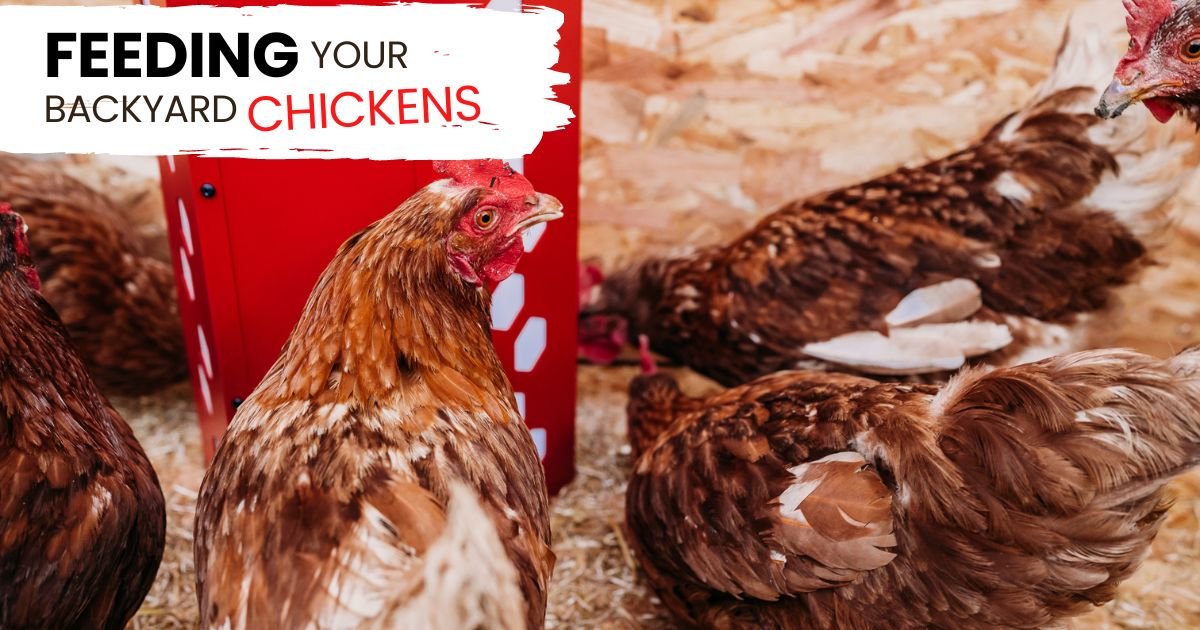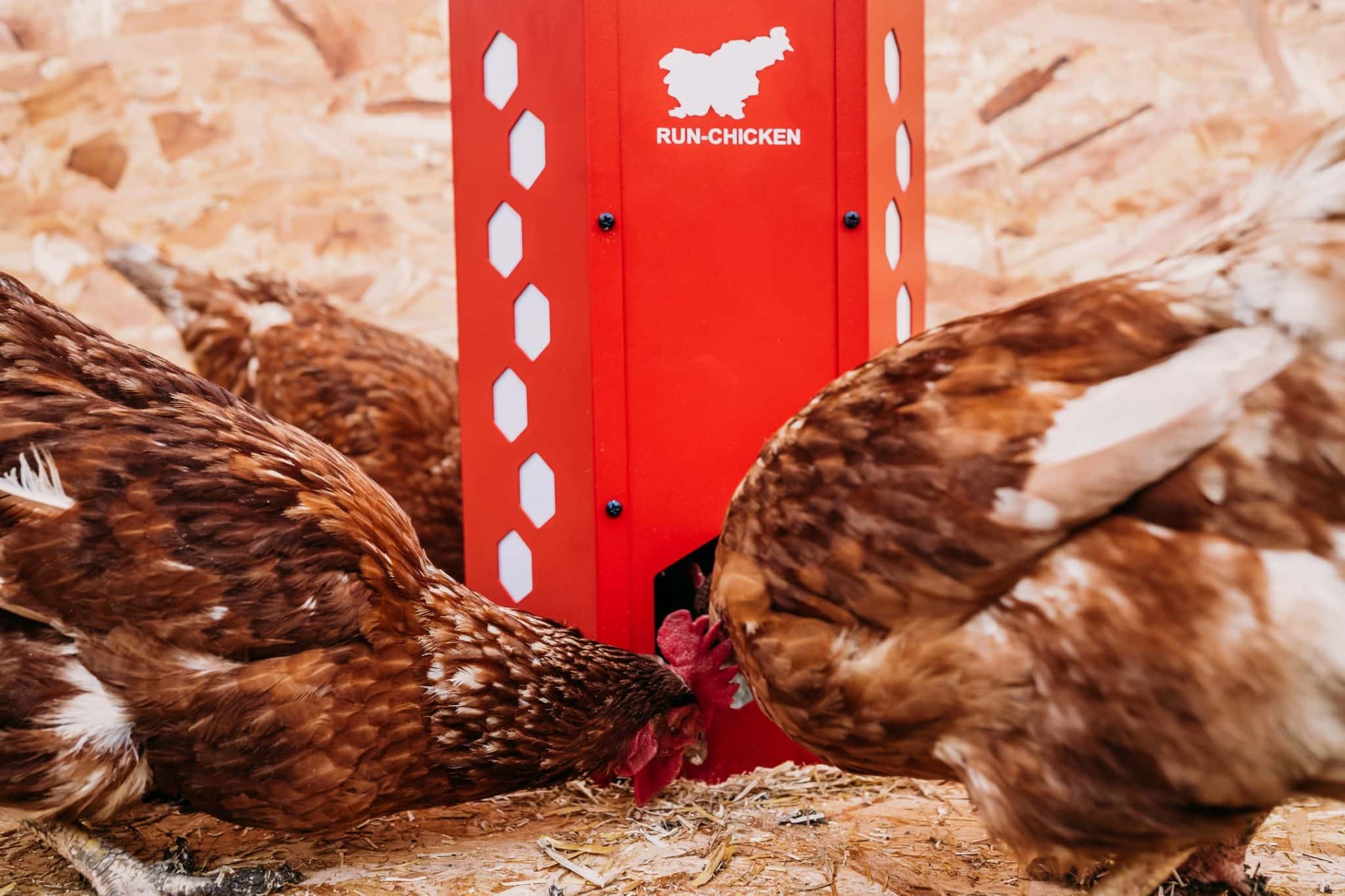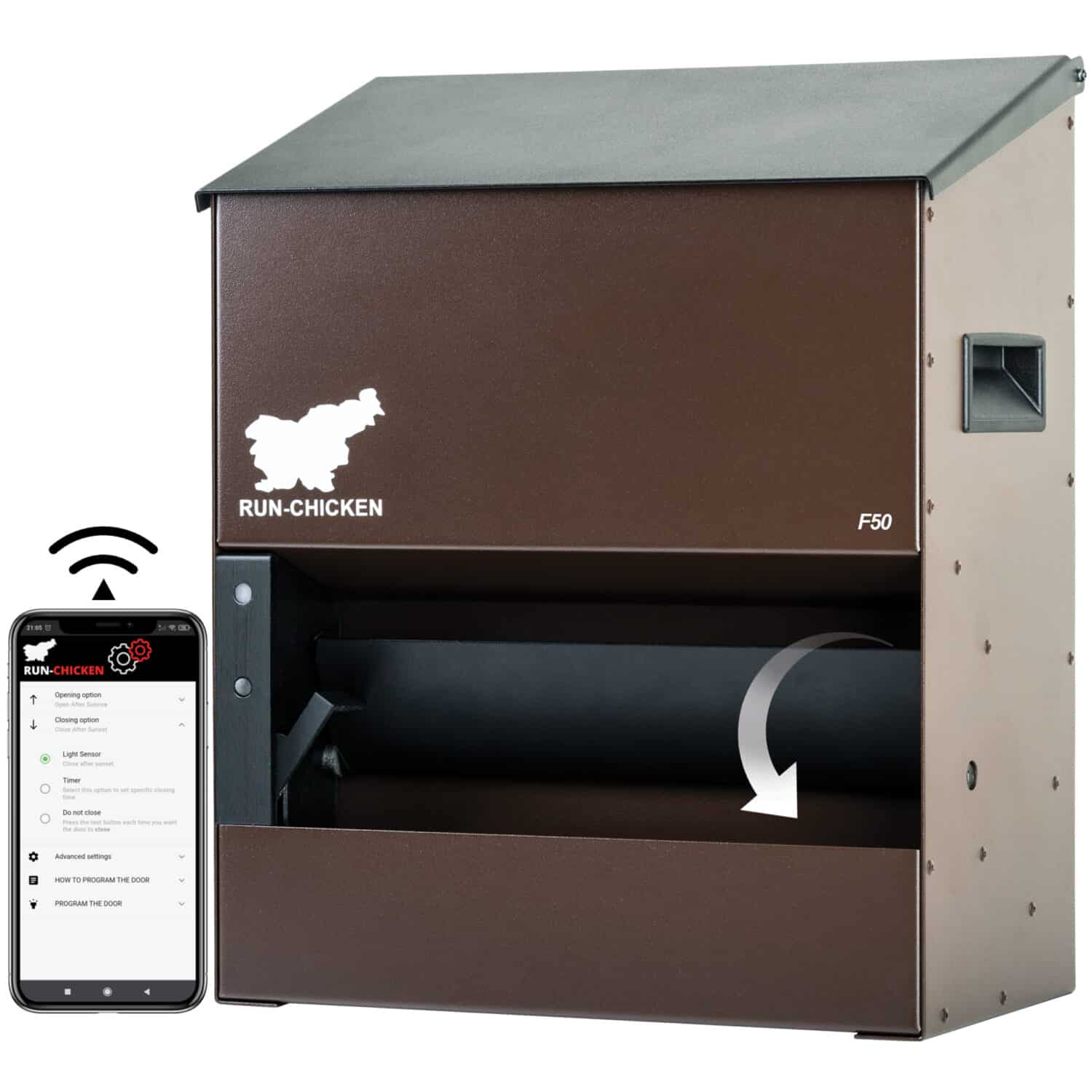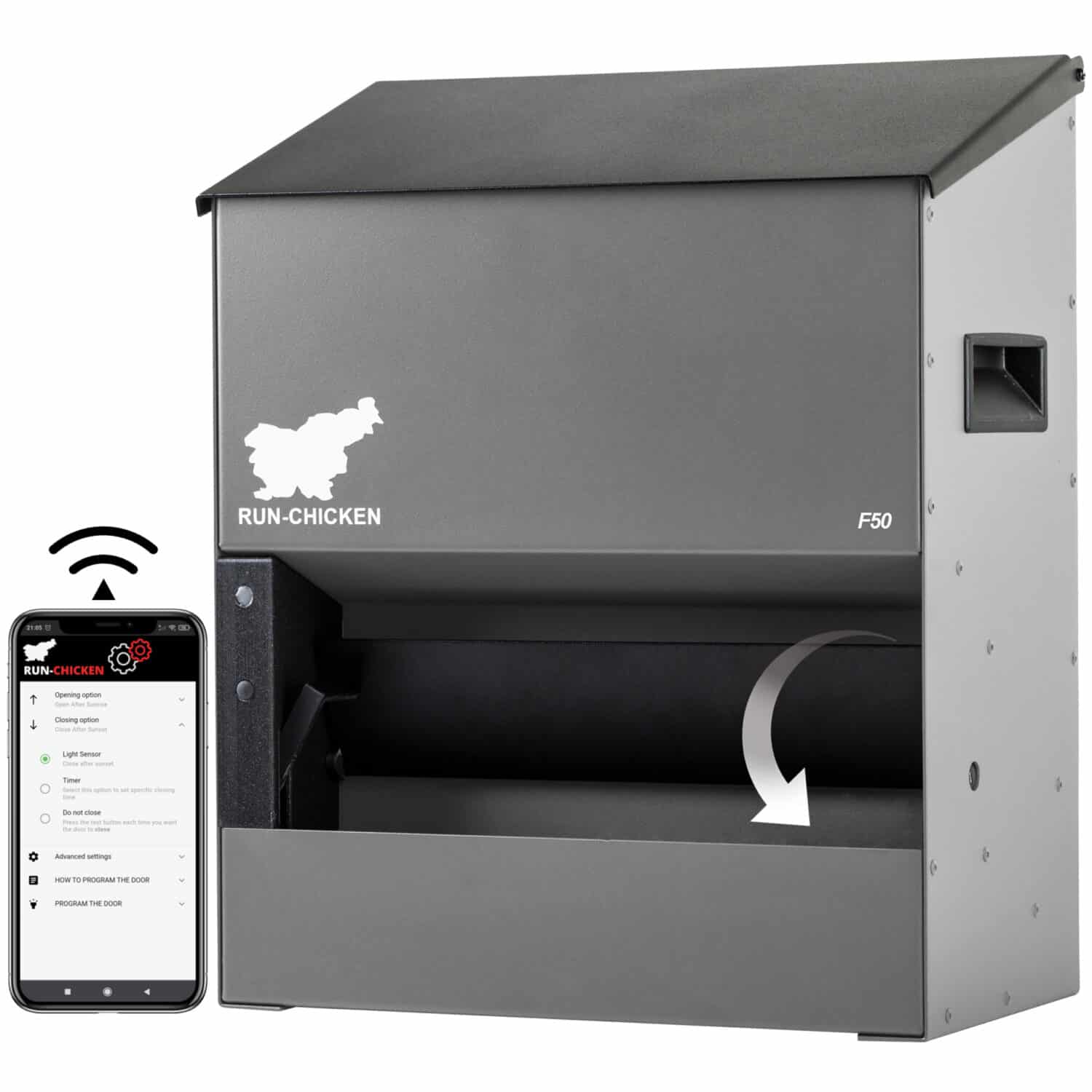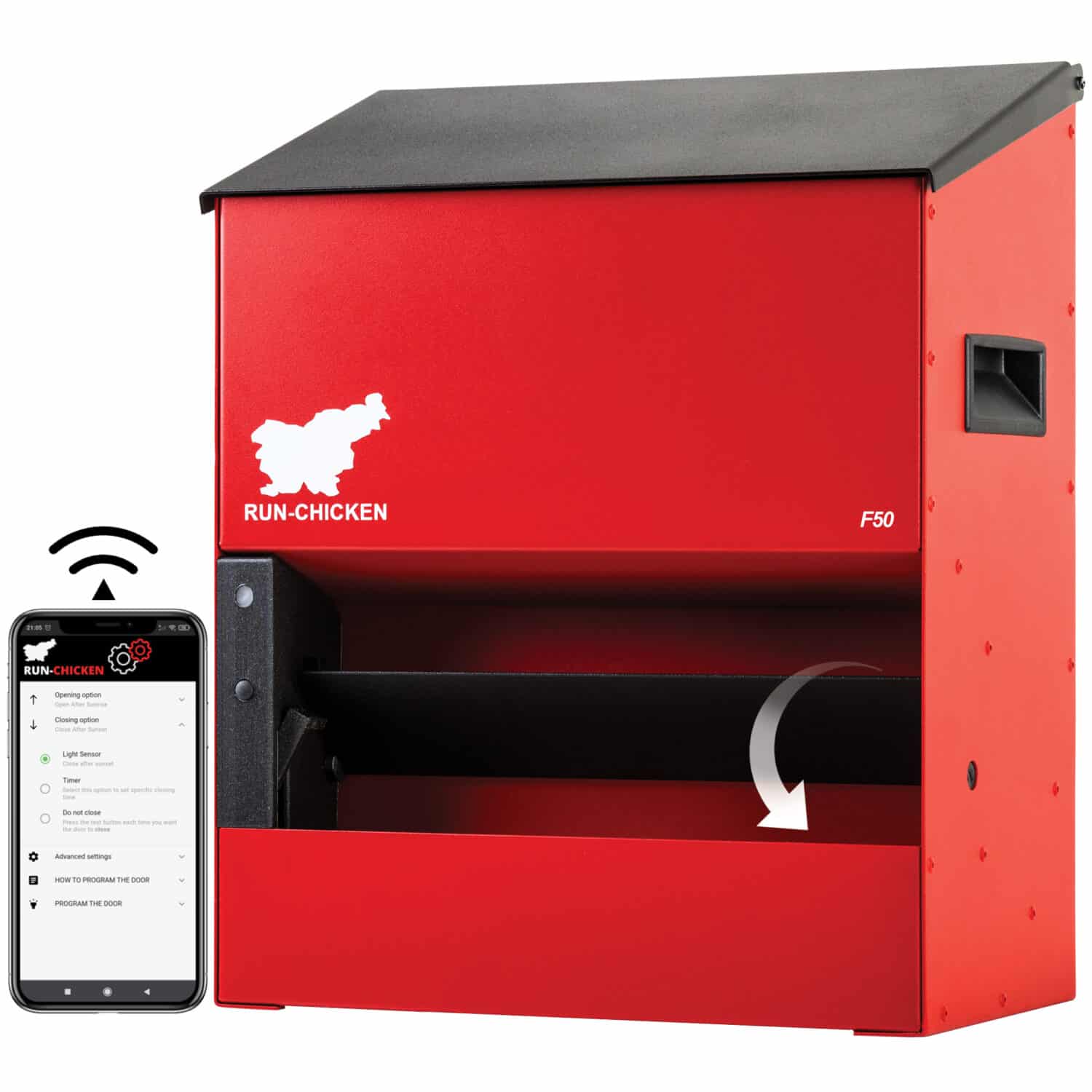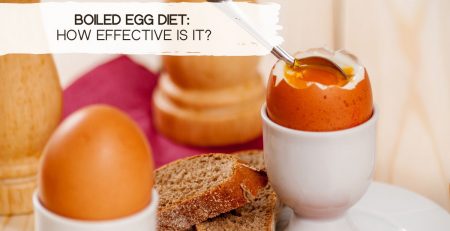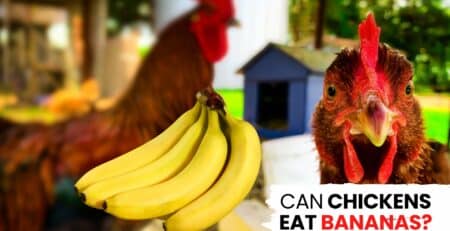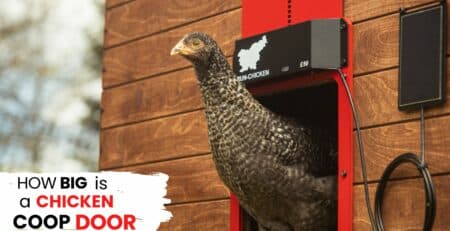Chickens need proper nutrition to live long, happy lives. But did you also know that your backyard chicken’s diets can affect their egg production and quality? Feeding your chickens properly is the biggest obstacle many beginners face when raising backyard chickens.
There are many different things you’ll need to know about feeding your chickens but figuring out what works best for you, and your flock is the key to raising happy, healthy chickens. There are many types of chicken feed, feeding techniques, tips, tricks, and even myths that you may have heard when learning to feed your backyard chickens properly, and it can all be a little overwhelming. Read further to learn how to feed your chickens and get the answers to some other questions you may have along the way.
What To Feed Your Backyard Chickens
The first thing you may be wondering is: “What do chickens eat?” The basis of a balanced diet for your chickens is protein-rich poultry pellets, chicken feed, or mash. The high percentage of protein in pellets and mash helps your hens produce healthy eggs with hard shells that can’t be easily broken. Poultry pellets and mash are the main source of food for your backyard chickens, providing them with most of their daily nutrients, vitamins, and minerals. You can purchase poultry pellets and mash at your local department store or farm supply store.
Poultry pellets are made of a mix of grains such as corn and wheat, with fishmeal, limestone, and soybean meal added, and then it is made into pellets. Mash contains many of the same ingredients but has a more crumbled or “mashed” texture. Poultry pellets or laying mash will provide your chickens with nutrients that they may not be able to find while free-ranging and foraging. Here’s a short list that will explain a few of the different types of chicken feed you can purchase and how to use them:
- Chick Starter: High in protein and sometimes medicated, chick starter is used to feed newly hatched chicks. It comes in crumbles and is fed to newborn chicks for up to the first 6 weeks of their lives.
- Grower Feed: Not as high in protein as chick-starter feed, grower feed is the next step in feeding your backyard chickens. Feed your chickens grower feed starting at 6 weeks of age, and continue until hens start laying their first eggs.
- Layer Feed: High in protein with even higher levels of calcium, layer feed is meant for egg-laying hens. It is formulated to help improve the quality of eggs by providing more calcium as well as many other essential vitamins and nutrients that egg-producing hens need.
- Flock Raiser: A general-purpose chicken feed, flock raiser provides proper nutrition for all of your chickens, both the roosters, and hens. Flock raiser can be used to feed flocks with other birds mixed in, such as ducks or turkeys.
- Scratch Grains (Chicken Scratch): Although depicted as a common type of chicken feed, scratch grains are usually only given as a treat or along with pellets or mash. Scratch is made up of a variety of grains and seeds, such as wheat, oats, corn, and barley, but it doesn’t provide the proper nutrition to be used as feed alone. It can encourage your chickens to forage or scratch and peck at the ground, helping provide them with grit.
- Grit: It is a very important but often overlooked component in a chicken’s diet. It helps your chickens digest their food and can provide extra calcium if shell grit is used. Free-range chickens may find most of the grit they need on their own, but you must provide some grit for chickens that are kept in a pen.
- Garden/Table Scraps: Chickens love different types of treats, and many of your table scraps are perfect for them. They can eat many kinds of garden and kitchen scraps like unused parts of vegetables, greens, cooked beans, rice, pasta, and bread…the list goes on! You can save on chicken feed and provide your chickens with more vitamins and nutrients by feeding them garden and table scraps.
If your backyard chickens are allowed to free-range, then they will receive a lot of their vital nutrients on their own. They’ll eat grasses, leaves, and all sorts of bugs and other small creatures while foraging, so you may notice that you don’t have to provide them with as much feed. This is a win-win for both you and your flock!
When to Feed Your Backyard Chickens
The answer to the question of “When to feed backyard chickens?” depends on your feeding techniques and your schedule. Many experts agree that feeding your chickens in the morning and early evening is the best way to do it, but this schedule may not work for everyone.
Chickens like to eat often but in small portions. Chickens will be the hungriest in the morning once they are let out of their coop, so that is a good time to provide them with plenty of food. If they are allowed to free-range, they’ll usually forage and find food throughout the day on their own.
Many people opt for an automatic feeding system that allows their chickens access to food all day so they can eat at their leisure. It’s good to note that chickens will rarely over-eat, so that is not usually a problem.
Run-Chicken feeder works on a natural gravity supply system and holds 20 lbs of feed which is enough to keep 10 chickens full for a week or one chicken for 74 days (assuming an average chicken eats 0.27 lb/122 g per day). The secure lid design keeps the food fresh and prevents your chickens from accessing stored food.
If you don’t have an automatic feeder that allows them access to food all day, a good schedule is to feed them once in the morning and once in the early evening. If you can’t feed them in the morning and evening, try and feed them at around the same time every day to help them get used to your schedule. As long as your chickens receive proper nutrition, you can choose to feed your chickens on whatever schedule fits you best.
Different Feeding Techniques
When it comes to how to feed your backyard chickens, there are many different techniques. Many backyard farmers opt for automatic feeders, but you can choose to use a trough or build your own feeding system.
Automatic Feeders
There are many different types of automatic feeders that you can provide for your chickens. Many of them are gravity fed, allowing you to fill it up as needed, so you don’t have to go out and feed your chickens multiple times a day. Automatic feeding systems can help save you a lot of time feeding your chickens. No more waking up early, and no worries when you are away when you have Run-Chicken feeder!
RUN-CHICKEN Feeder F50 (Brown) – Automatic Chicken Feeder (Battery Operated)
Original price was: $229.99.$169.99Current price is: $169.99.SPECIAL PRE-ORDER PRICE!
Battery Operated Automatic Chicken Feeder
Automatic Mode – Keep your feathered friends healthy and happy by providing them with a consistent and accessible source of food. With a built-in…
PRE-ORDERQuick LookRUN-CHICKEN Feeder F50 (Gray) – Automatic Chicken Feeder (Battery Operated)
Original price was: $229.99.$169.99Current price is: $169.99.SPECIAL PRE-ORDER PRICE!
Battery Operated Automatic Chicken Feeder
Automatic Mode – Keep your feathered friends healthy and happy by providing them with a consistent and accessible source of food. With a built-in…
PRE-ORDERQuick LookRUN-CHICKEN Feeder F50 (Red) – Automatic Chicken Feeder (Battery Operated)
Original price was: $229.99.$169.99Current price is: $169.99.SPECIAL PRE-ORDER PRICE!
Battery Operated Automatic Chicken Feeder
Automatic Mode – Keep your feathered friends healthy and happy by providing them with a consistent and accessible source of food. With a built-in…
PRE-ORDERQuick Look
Troughs
If your chickens are kept in a pen, be sure to feed them up off the ground. Chickens kept in a coop and run are more susceptible to diseases from their feces on the ground, and you can help prevent this by feeding them in a trough. Troughs provide enough space for many chickens to eat at once while keeping food up off the ground and clean. If you’re using a trough system, it’s best to top your trough off a few times a day to keep your chickens happy.
Free Ranging
If you allow your chickens to free range daily, they will forage and find much of their own food. You’ll still have to provide them with pellets or mash to supplement nutrients that they don’t find while foraging. Your flock will be especially hungry first thing in the morning, so that is a great time to feed your free-range chickens. You may only have to feed them once a day since they’ll find the rest of their food on their own throughout the day. You can also spread out some scratch grains in the area where your chickens are foraging.
Protecting Your Chicken’s Food
No matter whether your chickens are able to free-range or you keep them in a pen, you’ll still need to ensure that their food is protected from predators. You don’t want to waste money feeding mice. If you feed your chickens inside the coop, an automatic chicken coop door can help keep pests out of the coop and away from the food. Run-Chicken’s automatic chicken coop doors feature a light sensor that will ensure it closes securely at sunset, deterring any free-loading pests. These automatic chicken coop doors are made of sturdy aluminum to keep out pests and predators alike, helping you save money on chicken food.
If you feed your chickens on the chicken run or outdoors, the best way to keep pests away is to remove any leftover food before nightfall. Doing this will keep pests such as mice, rats, or raccoons out of your chicken’s food and can help you save money in the process. Leaving food out overnight can draw many types of animals that will enjoy a free meal, so be sure to protect your chicken’s food as well as their coop during the night.
Remember that with the presence of more pests comes the presence of more predators. You don’t want to risk your chicken’s safety, and you don’t want to provide food for pests, either. Investing in wire mesh fencing, an automatic chicken feeder, and a coop door can help protect your chickens, and their food, from predators.
Foods That are Toxic for Chickens
There are a few foods, including some table and garden scraps, that are toxic for chickens and can be very harmful. A few of these include:
- Avocados, including the skin and pits
- Raw, green potato skins
- Raw or dried beans, peas, and lentils
- Garlic
- Butter
- Citrus Fruits
- Apple seeds
- Apricot leaves
- Chocolate
- The leaves of tomato plants, eggplants, and pepper plants. (Members of the Nightshade family.)
Learning to feed your chickens doesn’t have to be too complicated. As long as they’re receiving the proper nutrition, your chickens will lead happy and healthy lives. Providing your backyard chicken with good quality feed and giving them healthy snacks is the basis of keeping your chickens well-fed and healthy. If your chickens are fed right, they’re sure to provide you with plenty of fresh eggs, meat, and backyard entertainment.
Get Run-Chicken Feeder and pour in your chickens’ favorite feed!

